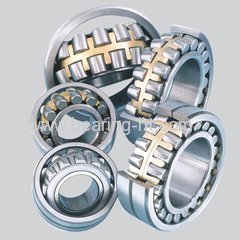Cryogenic Shrink-Fit Machines for rolls bearing
Cryogenic technology is to use a cold medium, such as liquid nitrogen, as a cooling medium to subject the quenched metal material to deep cryogenic or ultra-zero cryogenic treatment close to excellent zero degrees to change the fine structure of metals, engineering plastics, ceramics, etc. Improve the wear resistance of materials and increase the service life of parts.
After the metal parts are quenched, the unstable austenite in the structure will be partially converted into more stable martensite. However, because the complete transformation temperature (Mf) of many fine alloys can be as low as -200 ℃, general quenching technology cannot Complete transformation of the structure. Only during the cryogenic treatment process, the metal parts are cooled to -200 ℃ or below, in order to achieve complete transformation of retained austenite to martensite. At the same time, under cryogenic conditions, metastable martensite will reduce supersaturation, and precipitate and disperse ultrafine carbides with a size of only 20 to 60 Å. These finely dispersed carbides can hinder the movement of dislocations when the material is plastically deformed, thereby greatly enhancing the wear resistance of metal parts. The change of martensite lattice also reduces the micro stress in the metal parts and strengthens the matrix structure, so that the hardness, impact toughness and wear resistance of the metal parts can be significantly improved
Cryogenic technology is different from any other traditional surface treatment technology in that the structural changes caused by the cryogenic technology and the core of the workpiece are a kind of overall treatment of parts. Therefore, the processed parts can be worn repeatedly without changing their performance. This feature also extends the service life of the components by several times.
Cryogenic technology not only does not change the size of parts when processing metal parts, but on the contrary, the process will reduce the internal stress generated by quenching, thereby enhancing dimensional stability.
Working temperature | room temperature ~-196℃ you can adjust the temperature as your need |
| Lowest temperature inside | -196℃ |
| Max cooling rate | 0~30℃/min can be set at random |
| Temperature uniformity | ±1℃ |
| Accuracy of temperature | ±3℃ |




.jpg)



